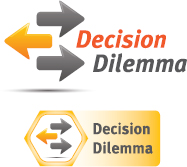CHAPTER 4
Probability
LEARNING OBJECTIVES
The main objective of Chapter 4 is to help you understand the basic principles of probability, thereby enabling you to:
1. Describe what probability is and when one would use it.
2. Differentiate among three methods of assigning probabilities: the classical method, relative frequency of occurrence, and subjective probability.
3. Deconstruct the elements of probability by defining experiments, sample spaces, and events, classifying events as mutually exclusive, collectively exhaustive, complementary, or independent, and counting possibilities.
4. Compare marginal, union, joint, and conditional probabilities by defining each one.
5. Calculate probabilities using the general law of addition, along with a joint probability table, the complement of a union, or the special law of addition if necessary.
6. Calculate joint probabilities of both independent and dependent events using the general and special laws of multiplication.
7. Calculate conditional probabilities with various forms of the law of conditional probability, and use them to determine if two events are independent.
8. Calculate conditional probabilities using Bayes' rule.


Equity of the Sexes in the Workplace
The Civil Rights Act was signed into law in the United States in 1964 by ...
Get Business Statistics: For Contemporary Decision Making, 8th Edition now with the O’Reilly learning platform.
O’Reilly members experience books, live events, courses curated by job role, and more from O’Reilly and nearly 200 top publishers.

